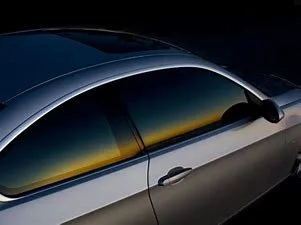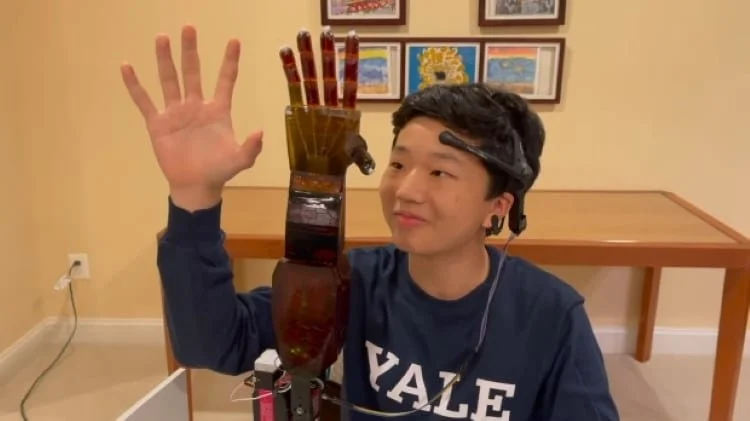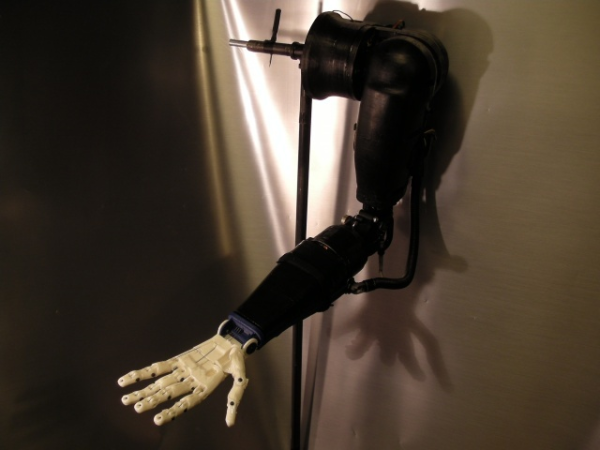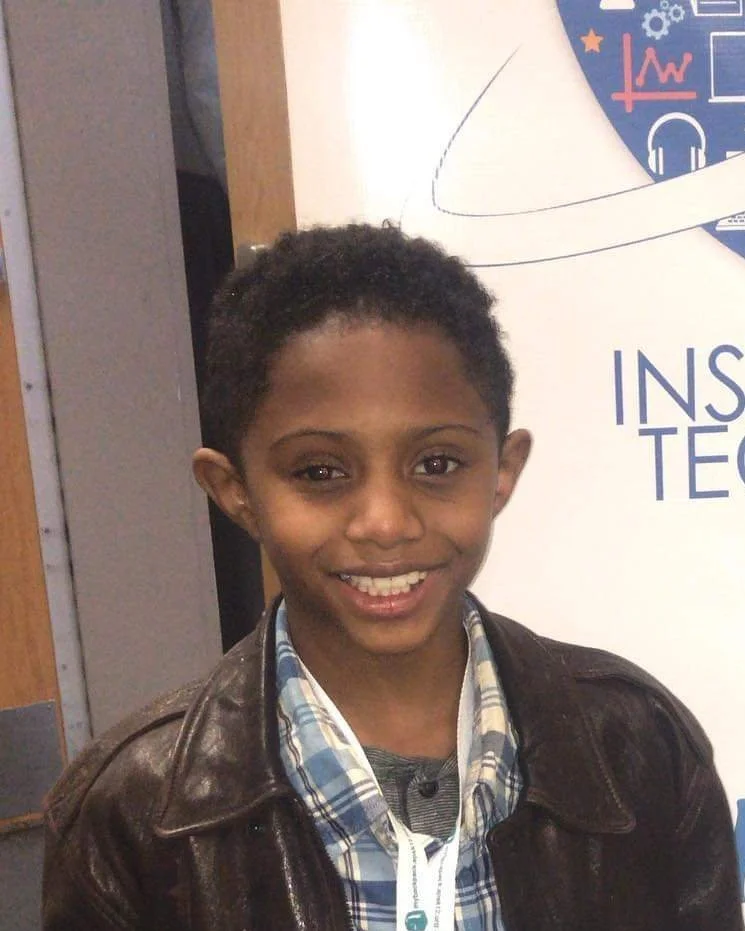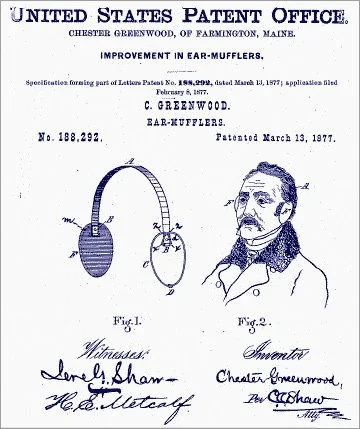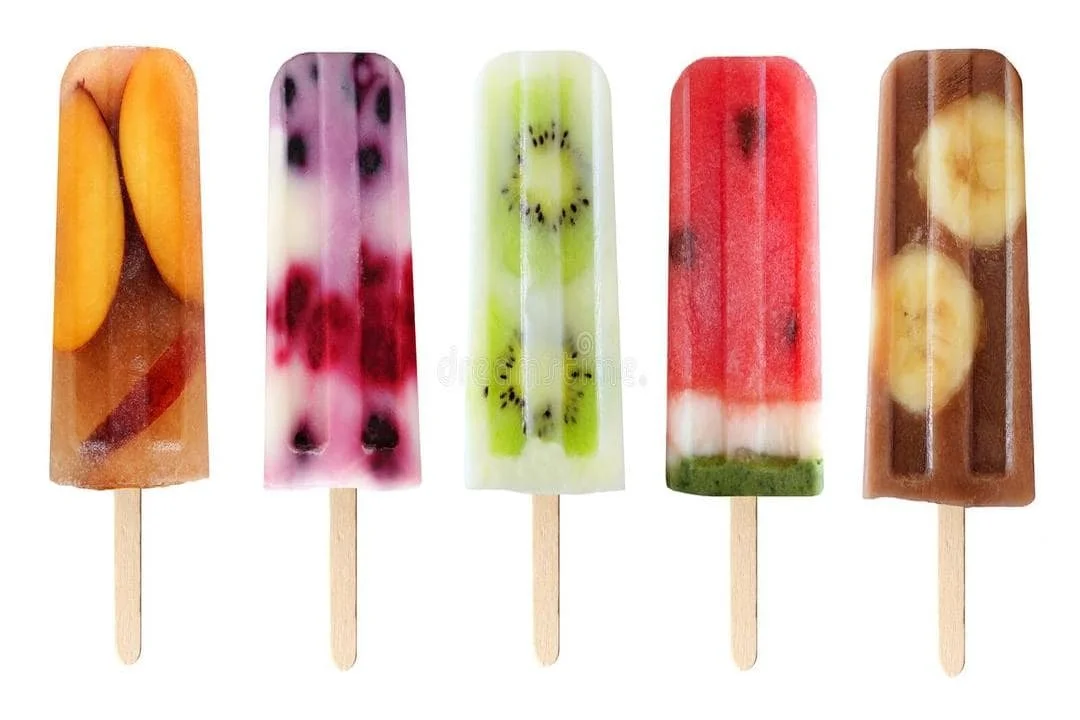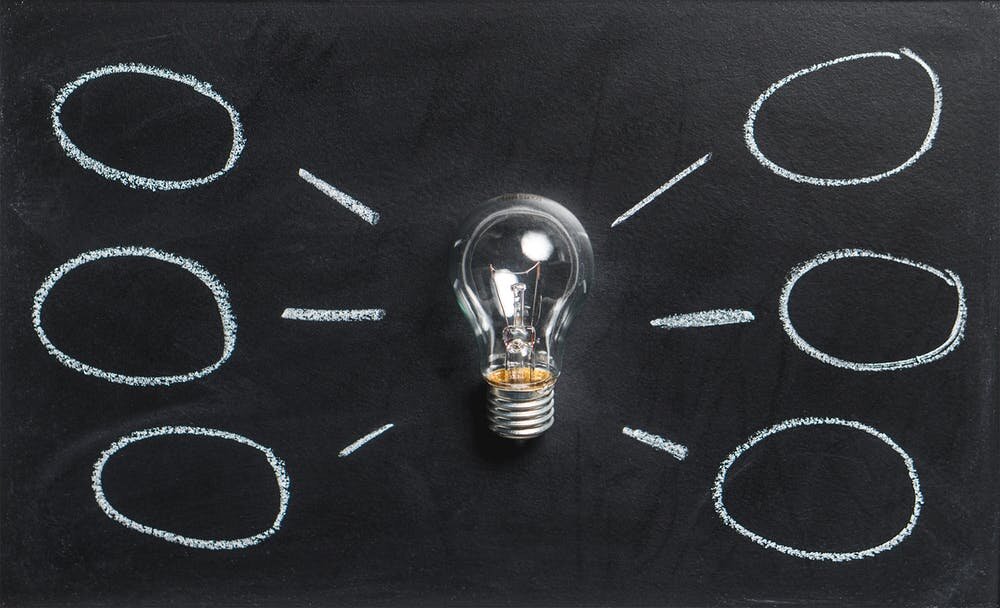
Inventors
In 2020, Time Magazine honored their first ever Kid of the Year, 15-year-old inventor Gitanjali Rao. She spoke to the reporter “about her astonishing work using technology to tackle issues ranging from contaminated drinking water to opioid addiction and cyberbullying, and about her mission to create a global community of young innovators to solve problems the world over.”
Miss Rao is one of an astounding number of kid inventors, whose history stretches back at least as far as the 17th century, when Blaise Pascal began to work on the first calculator as a teenager. Click on the images below to find out how many things you see every day were invented by kids.
Leanne Fan won the 2022 3M Young Scientist Challenge at the age of 14 for her invention of Finsen Headphones, which uses machine learning and blue light therapy to detect and treat mid-ear infections. The headphones are a low-cost, antibiotic-free alternative to traditional treatments and could potentially reduce the number of children who suffer from hearing loss by up to 60%.
Robert Sansone, 17, designed a motor that could potentially transform the electric car industry. His research research could pave the way for the sustainable manufacturing of electric vehicles that do not require rare-earth magnets. His work earned him first prize at the 2022 Regeneron International Science and Engineering Fair (ISEF), the largest international high school STEM competition. --Smithsonian Magazine
Ava-Elizabeth Bell created what she calls Octo-D 2.0, an electrochromic film that makes a windshield transparent while the car is running but opaque and impossible to see through when the car is parked. The invention earned her a first place award at the National Invention Convention in Michigan in June 2022, and she is applying for a patent for the anti-theft technology.
In 2020, Benjamin Choi, then in 10th grade, set out to design and build an affordable robotic, prosthetic arm that could be mind-controlled without requiring any invasive brain surgery. After over 75 design iterations, Choi's non-invasive, mind-controlled arm is made from engineering-grade materials and operates using an algorithm driven by artificial intelligence that interprets a user's brain waves. Not only did Choi achieve the non-invasive technology he set out to design, but the arm remains affordable—it costs under $300 to manufacture. --My Modern Met
Albuquerque native Alissa Chavez invented the Baby Hot Seat at the age of 14. When she received a patent at 17 she became the youngest Latina patent holder in the US. She is now the CEO of EasyFlo, a baby bottle that allows storage of formula and water all within the same bottle for easy mixing.
The toy truck was invented by 5-year-old Robert Patch in 1962. He was so young when he received the patent (age 6) that he couldn't yet sign his name, so he marked the patent with an X. The Children's Collection has a copy of this patent, along with others such as Christmas lights, the earmuffs, the popsicle, the RV, the snowmobile, and more!
On a cold and snowy winter's day, 10 year old KK Gregory was out building a snow fort when her wrists started to hurt because they were cold and wet. She remedied the problem by inventing Wristies, and wore them under her coat and mittens. She tested the invention with her scout troop who encouraged her to make more. She applied for a patent, trademarked the name, and started a company!
Gitanjali Rao, 16, is an American inventor, author, scientist and engineer, and science, technology, engineering, and mathematics promoter. She conceived of the idea for Tethys at 10 years old. The device detects lead in drinking water faster and more inexpensively than current techniques.
Abby Fleck was 8 years old when she came up with the idea for Makin' Bacon, a microwavable cooking plate that's a healthier way to cook bacon. It is still available through Amazon, Walmart and other major retailers. And it's part of The Children's Collection!
Xóchitl Guadalupe Cruz López became the first child to win a prestigious science prize from Mexico’s National Autonomous University (UNAM) at the age of 8, for inventing a solar water heater made entirely from discarded objects
Ella Casano was diagnosed with Idiopathic Thrombocytopenia Purpura at the age of 7. Her experience getting IV infusions regularly for seven years inspired her to help other kids who might feel scared, as she did. She invented the Medi Teddy to improve the infusion experience for kids and normalize medical care.
When William Kamkwamba was 14, Malawi suffered a severe famine. His family could no longer pay his school fees, and he was forced to drop out of high school. While staying home, William remained curious and inventive and worked with the village librarian to stay engaged with his studies, especially science. Working from just one photo in a U.S. junior high school textbook book called “Using Energy,” he reasoned out how to build an electricity-producing windmill from spare parts and scrap, despite having no instructions.
Irish teenager Fionn Ferreira developed a technique to remove microplastics from water using oil and rust to create a ferrofluid. His idea won the grand prize at the 2019 Google Science Fair. In more than 1,000 tests, Ferreira’s ferrofluid had an 87% success rate at removing plastic particles of less than 2 mm diameter from water.
In 2010, Easton LaChappelle created a robotic hand from LEGO, fishing line and a few servos which won the teen 3rd prize at the Colorado Science Fair. By 17 he turned that prototype into an affordable 3D printed prosthetic, and at 18 he founded his own company to commercialize the technology.
Makai Samuels-Paige created and patented the "Anti-Bullying Backpack" when he was 11 years old. It contains a cameras, wifi, an app, and walkie talkies to help stop bullying in schools. Now 13, he has founded the Makai the Great Foundation to help underprivileged youth innovators reach their goals using STEAM while supporting with anti-bullying initiatives.
In 1974 and at age 12, Becky Schroeder received a patent for her glow-in-the-dark paper invention. The “Glo-sheet” received significant demand from doctors, photographers, and EMTs – anyone who needed to write on paper in the dark. Schroeder holds the title as the youngest woman to ever receive a patent.
Kylie Simonds' own fight with cancer inspired her to invent a pediatric IV backpack: a wearable, portable IV machine for kids receiving chemotherapy or transfusions.
The Young Inventor Challenge offers children ages 6-18 the chance to pitch their ideas, receive feedback on their inventions, win prizes and have their work considered for publishing.
Philo Taylor Farnsworth was 14 when he drew up his first sketches and diagrams for the electronic television system. Ten years later, in 1930, he received a patent for it.
Chester Greenwood (4 December 1858 – 5 July 1937) was an American engineer and inventor, known for improving the earmuffs and popularizing them in 1873. He reportedly came up with the idea while ice skating and he asked his grandmother to sew tufts of fur between loops of wire so they stayed close to the skull. He manufactured these ear protectors, providing jobs for people in the Farmington, Maine area for nearly 60 years.
Albert Sadacca is credited with popularizing electric Christmas tree lights for private use. According to the legend, in 1917, at the age of 15, after a fire in New York City started by candles suspended in a tree, Sadacca adapted the novelty lighting that his parents sold for use in Christmas trees.
Frank Epperson is credited with inventing the popsicle in 1905 when he was 11 years old.
Louis Braille (1809 – 1852) was a student at France's Royal Institute for Blind Youth when he began developing a system of tactile code that could allow blind people to read and write quickly and efficiently. His system remains virtually unchanged to this day, and is known worldwide simply as braille.
Samuel Thomas Houghton is a British inventor. In April 2008, at the age of 5, he received a patent for his "Sweeping Device With Two Heads" invention. He is thought to be the youngest person to have been granted a patent for their invention
In 8th grade, Shubham Banerjee used the materials in his LEGO Mindstorms EV3 robotics kit to create the first open-source, portable braille printer.



